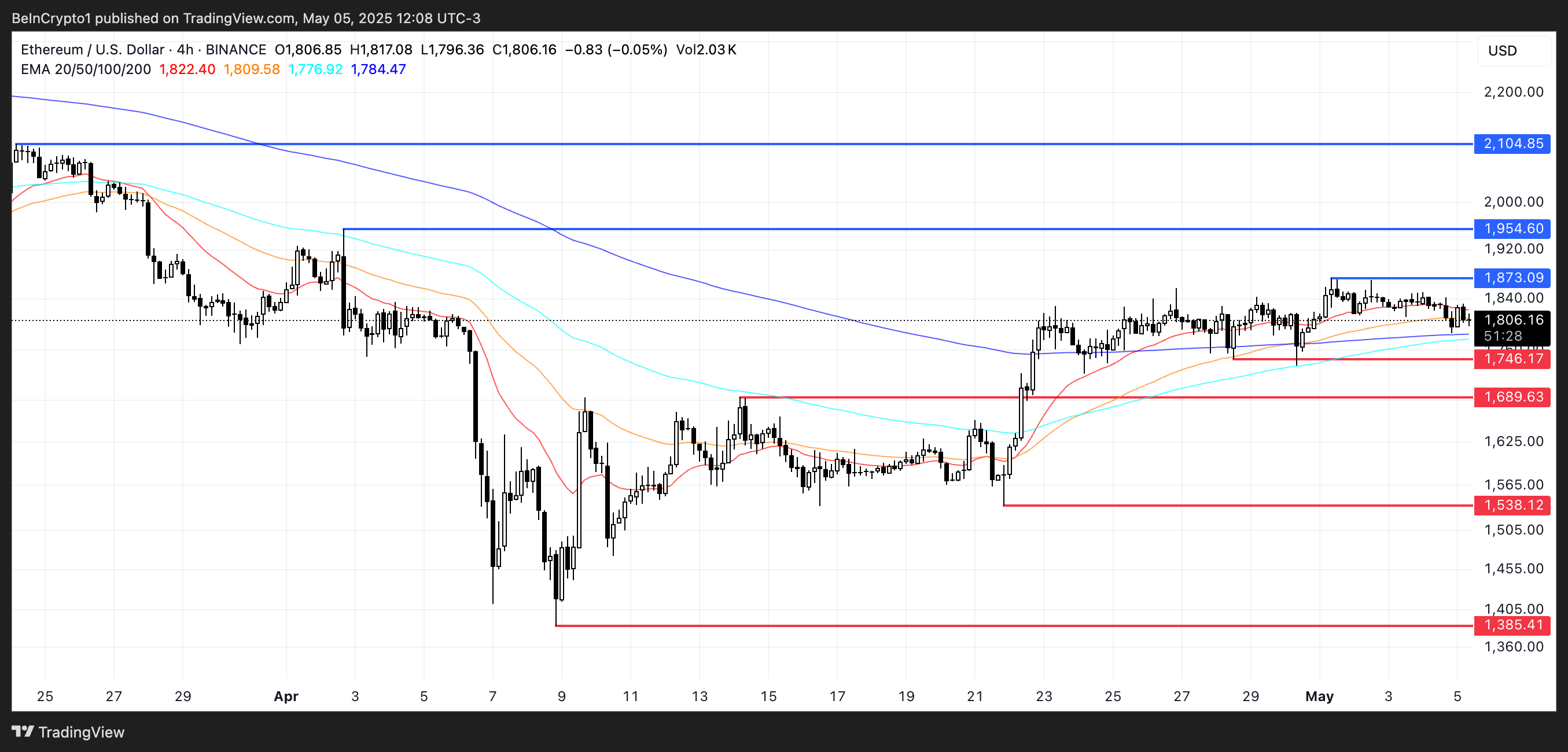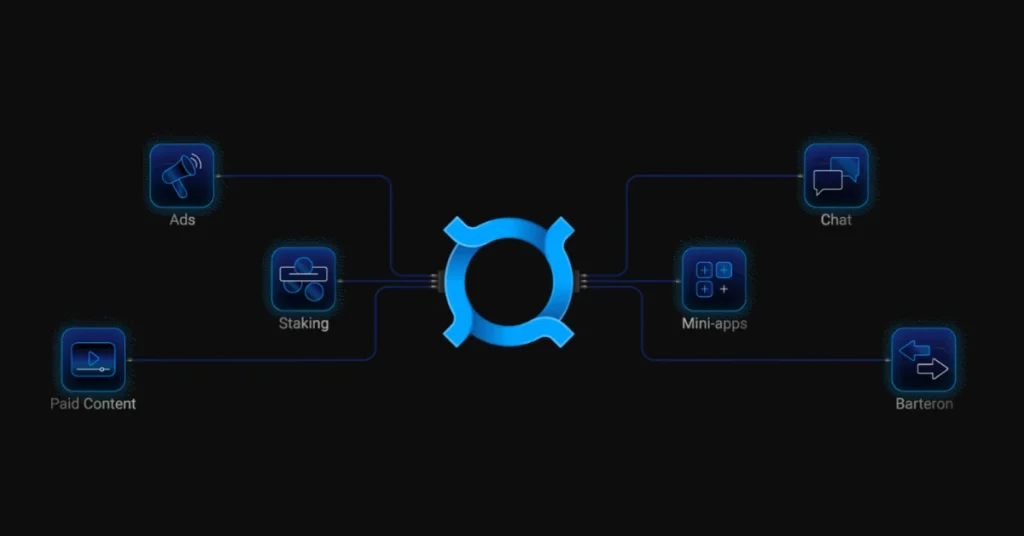
Plans for the smooth sailing of fresh stablecoin regulation have hit a curb following a group of Congressmen’s decision to withdraw their support. US senators are rejecting the GENIUS Act in its current form in a move that can derail the outcome of a final vote.
10 US Senators Will Not Vote In Favor Of The GENIUS Act
According to an X post by cryptocurrency journalist Eleanor Terrett, a group of US senators are poking holes in The Guiding And Establishing National Innovation For US Stablecoins (GENIUS Act) over its provisions. The senators, led by Ruben Gallego, have issued a joint statement criticizing the updated text of the stablecoin regulation.
Per the Congressmen, the GENIUS Act requires tighter provisions on anti-money laundering and national security guardrails. Furthermore, the group is pushing for additional provisions to protect the local financial ecosystem from undue disruptions.
The senators are raising concerns over the lack of clarity of foreign stablecoin issuers and the potential threat to national security. Finally, the joint statement takes swipes at the absence of stiff penalties for issuers that fail to meet the standards of the GENIUS Act.
A previous Coingape report notes that US senators will vote for the GENIUS Act before May 26. However, the senators will not vote for the bill in its current form unless the provisions are modified.
“While we are eager to continue working with our colleagues to address these issues, we would be unable to vote for cloture should the current version of the bill come to the floor.
Stablecoin Issuers May Face Disruption To Their Compliance Plans
While it seemed that the GENIUS Act was hurtling toward full approval, the joint statement by the group of senators complicated matters. For starters, there is a possibility that the dissent may grow, potentially affecting the voting outcomes and triggering a delay.
Bo Hines has previously predicted the rollout of stablecoin regulation before June, but fresh dissent could prolong the passage. If the bill fails to pass the House vote, there is the potential for reconsideration after fresh amendments.
Stablecoin issuers will be the hardest hit, with the delay affecting their short-term and mid-term plans. Ahead of incoming stablecoin regulation, Tether has unveiled plans to release a stablecoin for US users, going head-to-head with the USD1 stablecoin.
Amid the absence of regulatory clarity, Ripple has paused minting RLUSD stablecoins after crossing the $300 million market capitalization mark. A delay to the timeline of the GENIUS Act will affect the listing of WLFI’s USD1 stablecoin on centralized exchanges.
The post US Senators Withdraw Support For GENIUS Act: Here’s Why appeared first on CoinGape.









